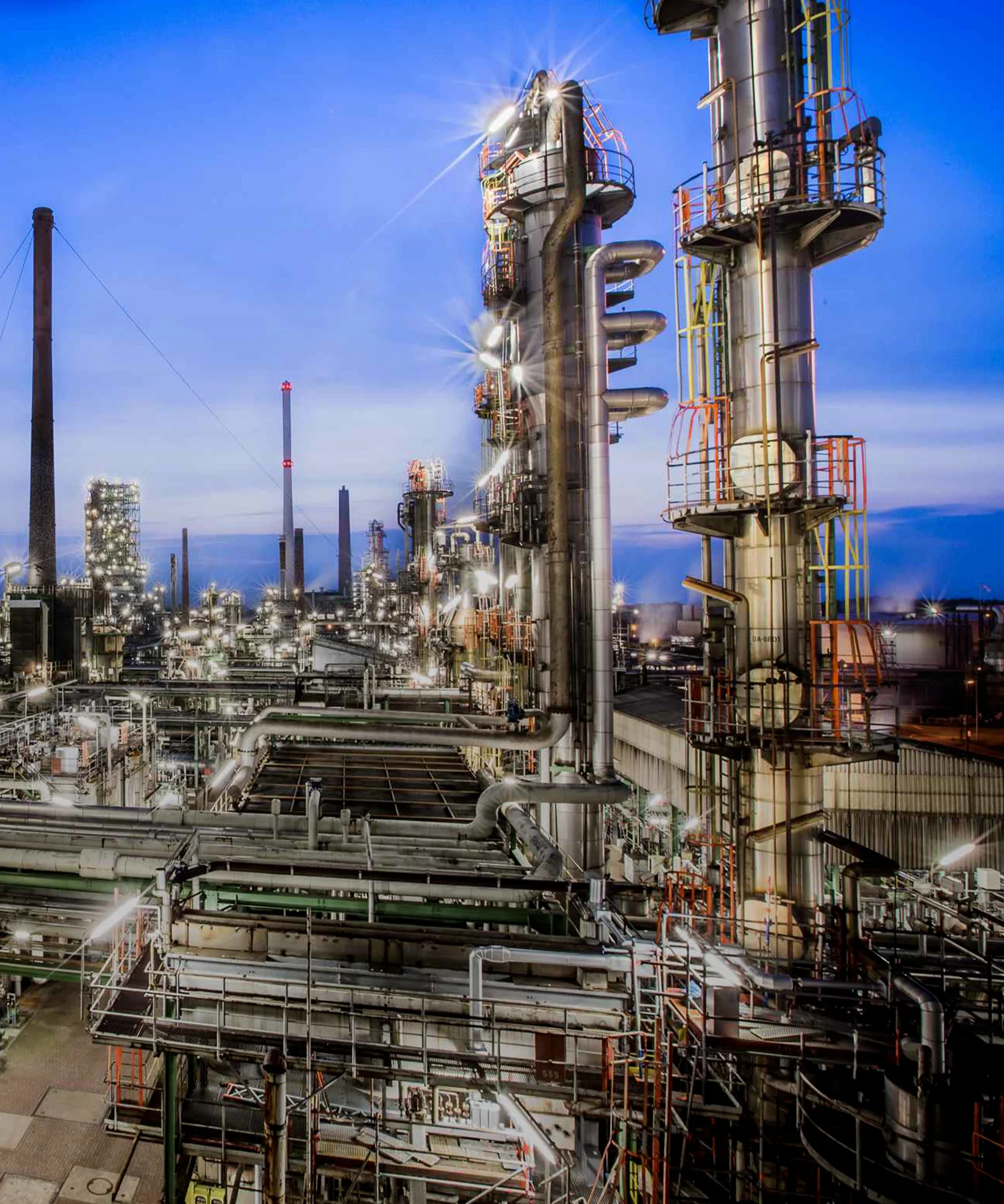Can we produce more bioenergy sustainably?
We’re confident that biofuels can be sustainable, but not all are made equal – for instance, sustainable biofuel production must consider impacts on land use, food production and sensitive environments.
We work with governments, NGOs, certification schemes and other businesses to help improve the sustainability of the biofuel supply chain. We support policies that incentivize and support investment in sustainable bioenergy.
We believe bioenergy production can be increased globally to meet rising demand using only non-food feedstocks, such as agricultural residues and cover crops like carinata.
In the bp Energy Outlook, we model that up to about 70EJ of bioenergy – more than double its current level and around 10% of global primary energy by 2050 – will come from non-food feedstocks. We encourage regulations that support the deployment of bioenergy made from the widest available range of sustainable feedstocks, and timely inclusion of novel feedstocks, such as sustainable cover crops.
Isn’t bioenergy a distraction from other low carbon energy solutions?
We believe growing bioenergy supply and production can – and should – work in tandem with global growth of other low carbon energy solutions – including wind, solar, hydrogen and EV charging infrastructure.
And we also believe continued investment in hydrocarbons is needed to keep energy flowing, with energy security and affordability at a premium.


















